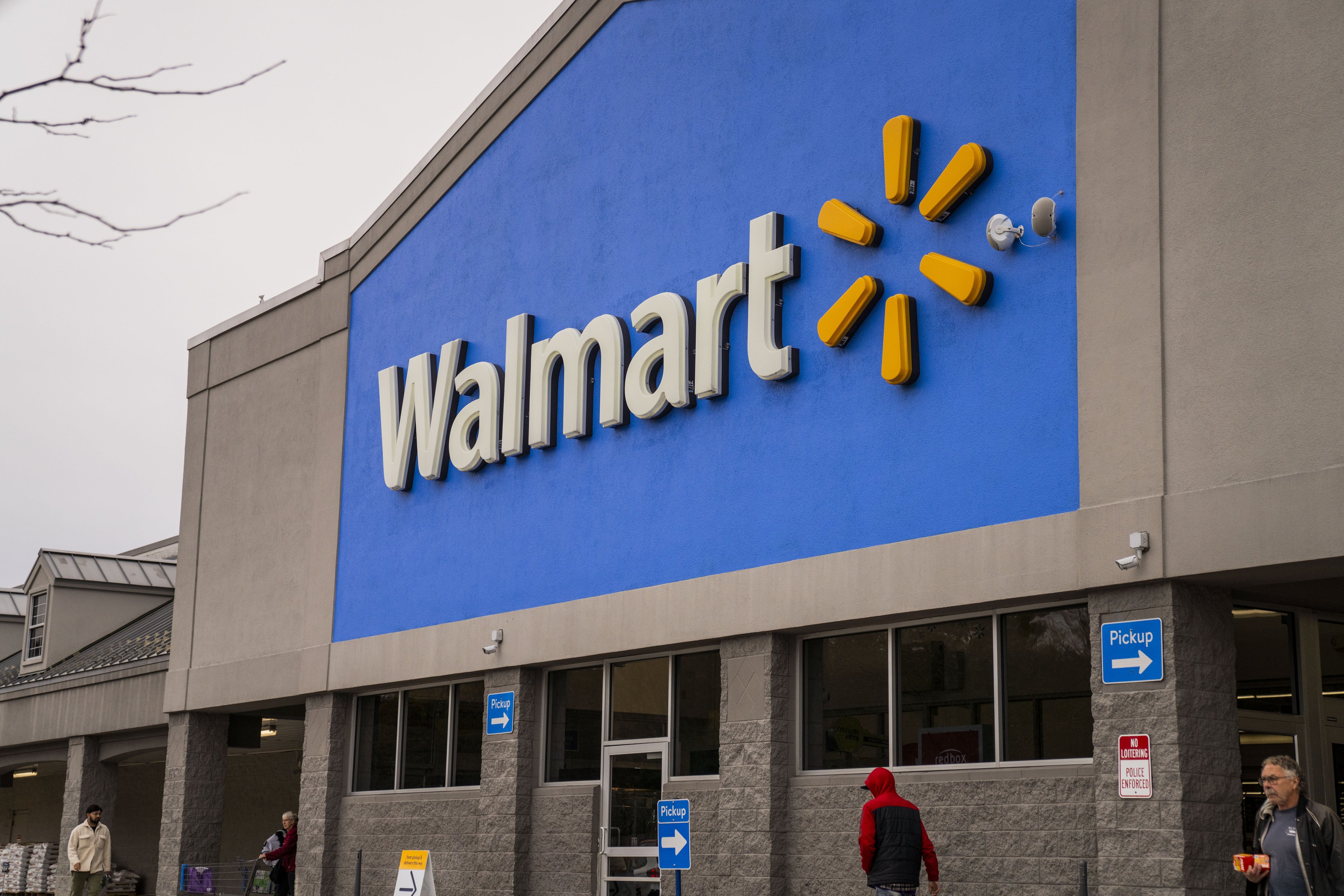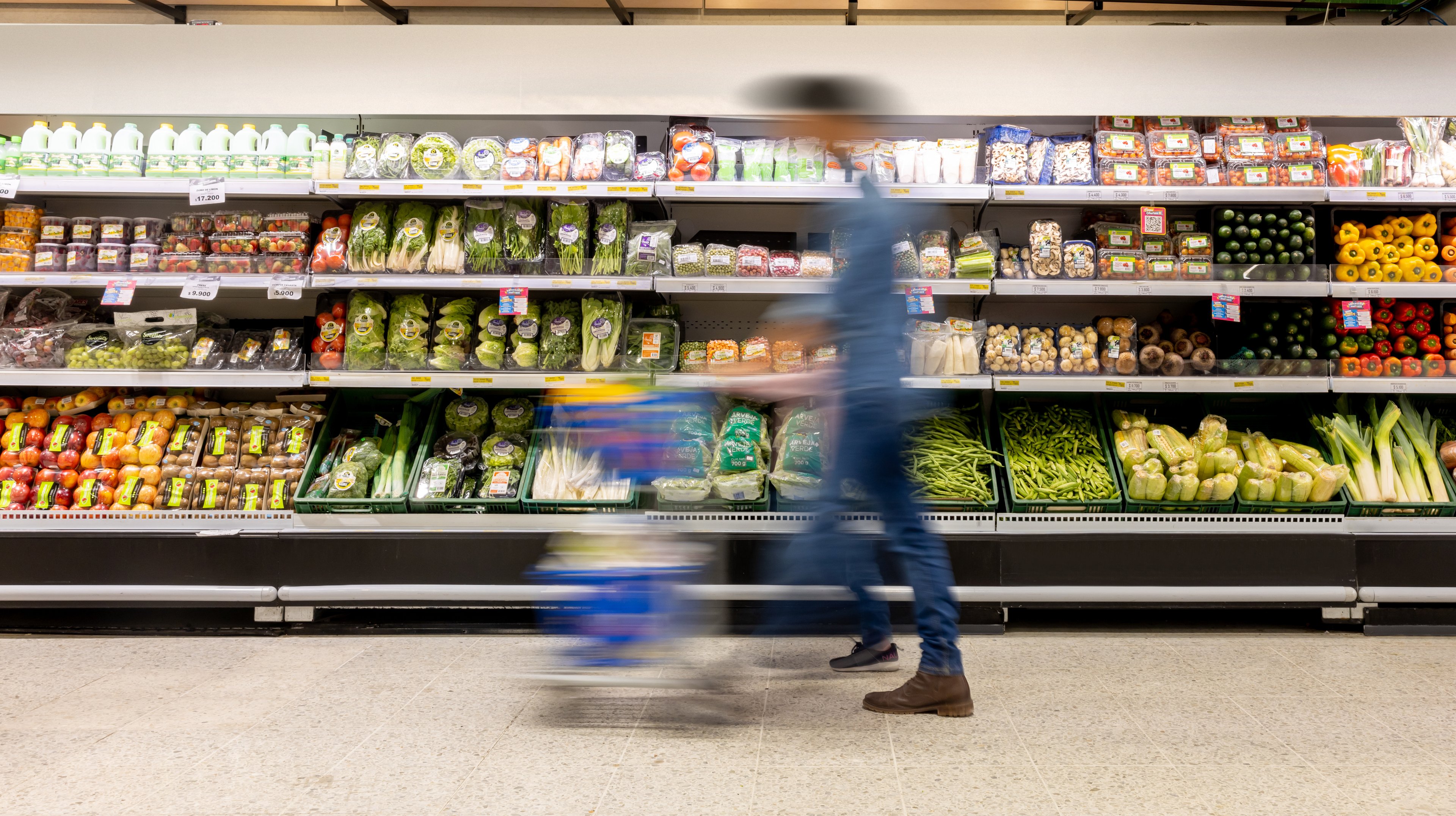It may not be a surprise that Wal-Mart (WMT +0.12%) is the nation's largest beer seller. After all, the largest retailer in the world is also the country's leading grocery seller, with a 30% market share. But now the big-box giant seems to be going all in on its beer strategy. The company's chief merchandising and marketing officer, Duncan Mac Naughton, recently announced an initiative to double Wal-Mart's beer sales in the next three years.
99 (million) bottles of beer on the wall
While that may seem like a lofty goal, the world's No. 1 company by revenue has never shied away from big goals. It managed to triple domestic alcohol sales in the last 10 years, but Mac Naughton says the company is still "under-shared" in the beer segment. To boost Wal-Mart's position, he plans to improve product flow and dedicate more storage space for beer. So far the company has added more refrigeration, made beer displays more visible, and doubled its number of alcohol buyers. It also plans to sell the suds at near cost, taking a page out of its usual playbook.
The move seems like a canny one for Wal-Mart. Beer is a huge category in the U.S., with $45 billion in annual retail sales. For Wal-Mart to grab a 30% share, matching its general grocery performance, would mean $13.5 billion a year in revenue, or about 3% of total sales. With the recent boom in craft beer, the category also seems like it should provide solid growth in the years ahead.
The decision to promote beer also represents a cultural shift in the company. Wal-Mart has always tried to maintain a family-friendly image, and founder Sam Walton discouraged excessive drinking. Alcohol was available but had a muted presence in its stores. The company has not made great efforts to publicize the initiative, but recently lifted a ban on alcohol in its circulars, and members of the Walton family got a retail ban on alcohol removed in their home county in Arkansas. The company said feedback on the new direction "has been very positive."
An alcoholic moat
The beer expansion effort fits perfectly with Wal-Mart's strengths. Its economies of scale allow it to underprice competitors, while its buying power guarantees its every move will attract the attention of suppliers. Not surprisingly, beer distributors are listening. A conference the company held at its home in Bentonville, Ark., last year drew 500 representatives from the alcohol industry, with many anxious to partner with the giant. As one analyst said, "Everyone in the supplier community is on cloud nine, riding high and adding to their staff."
As a high-frequency purchase, beer should also drive increased customer traffic, a recent problem for Wal-Mart, and add tangential sales as it brings more consumers into the store.
The initiative is also a smart one in that alcohol is a category protected from online retailers, and the one company assumed to be the biggest threat to Wal-Mart, Amazon.com (AMZN +0.06%). Federal law prohibits the postal service from shipping alcohol, and shipping companies like FedEx and UPS often have restrictions. Even without the red tape, the size and weight of beer make shipping it cost-ineffective. No matter how many distribution centers Amazon builds, consumers will still have to make the trip to a brick-and-mortar store to get a cold one.
I'll drink to that
Like its advantage in beer, Wal-Mart's strength in groceries is a major reason the company is not as vulnerable to Amazon as it may appear. Groceries contribute more than half of Wal-Mart's domestic sales, and while sites like Diapers.com and Soap.com have picked off sales in categories like paper products, the vast majority of grocery sales aren't going to end up online. Food needs to be fresh, and someone needs to be home to receive it and put it in the refrigerator. While Amazon is seeking to disrupt this industry with its nascent Amazon Fresh business, grabbing a foothold in groceries will be much more challenging for the online retailer than selling books or electronics.
Wal-Mart's potential in beer also underscores the fact that, despite its size, there are plenty of categories and regions ripe for the taking. The retail giant is still absent from several major American cities, including New York City and Washington, D.C. -- though five stores are planned for the latter, with three already under construction -- and has plenty of opportunities abroad. Taking advantage of a recent change in Indian laws, Wal-Mart is expected to submit a formal proposal to open and operate supermarkets on the subcontinent. With a population of more than 1 billion, India could easily become one of Wal-Mart's biggest markets.
With its constant innovations and rocket-like growth, Amazon has been a Wall Street darling, lauded as the king of disruptors for the dramatic effects it's had on a wide range of industries. But even with its 20%-plus growth rate, next year Amazon is projected to have a smaller sales volume increase than Wal-Mart: $16 billion versus $22 billion for the big-box chain.
As Wal-Mart moves to dominate yet another retail segment, that gap seems reason enough for shareholders to raise a glass.







